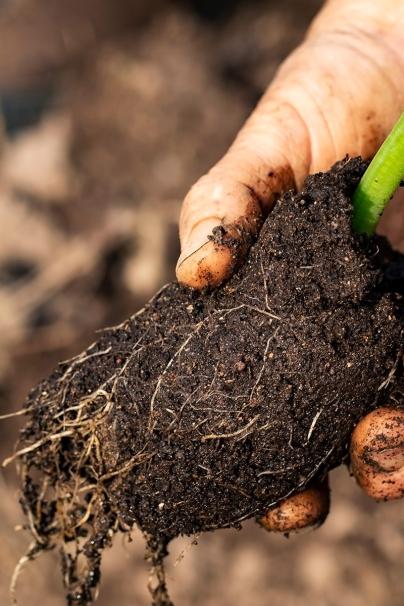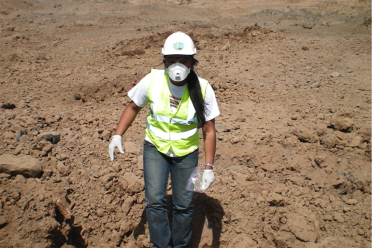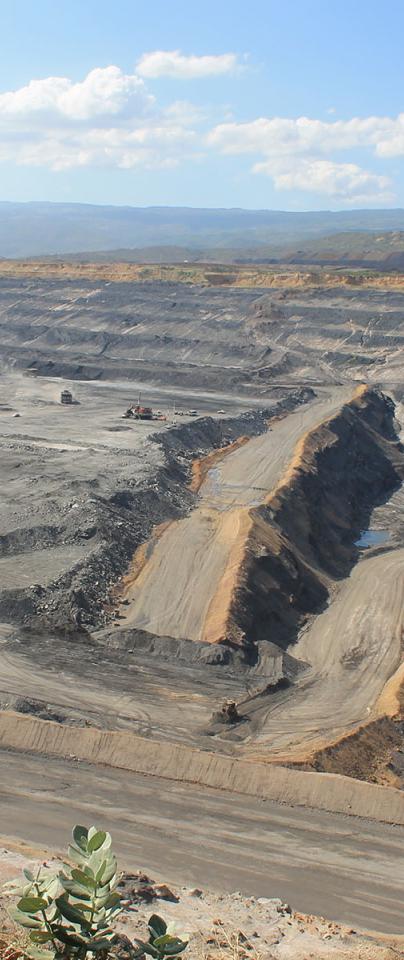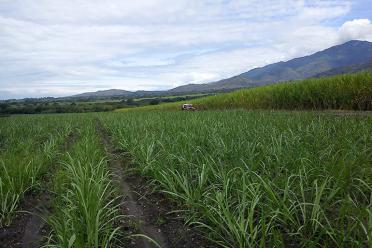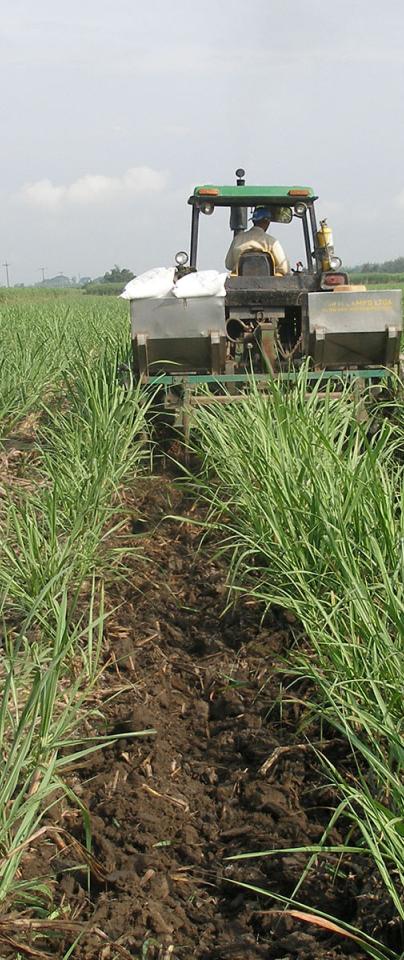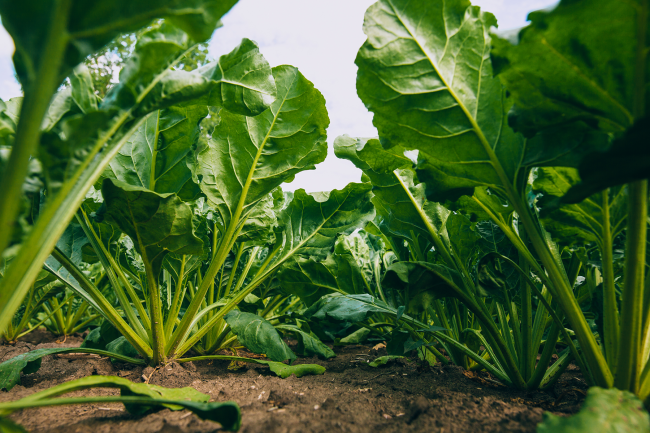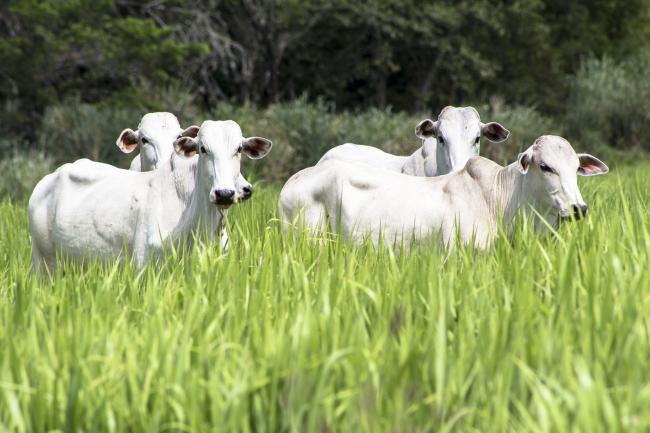Larke-Mejía is applying similar techniques to look at the differences between the soil of conventional sugar cane farms and that of completely organic systems, which input organic fertilizers such as manure. This, she says, will be more complicated for a variety of reasons.
“With the sugar cane, they add a mixture of chemicals. With a combination it’s more difficult to answer ‘who is doing what?’
“There’s also the fact that the definition of soil health is very blurry. Each soil, from each farmer, needs specific amounts of nutrients to produce acceptable yields of the crop. We can’t have one definition of soil health for everyone, but we can look at the indicators.
“Biologically, we’re likely to start seeing enrichment of microorganisms that are consuming the chemicals from the herbicides and pesticides in the conventionally farmed fields versus the organic, where we don’t expect to see those.
“We’re joining up all this information, along with chemical indicators, physical indicators of the soils, and information about the crops. Farmers might also tell us that with organic practices they get lower yields, compared with the conventional practices. All these components together are essential to tell us what is healthy versus not healthy and the long lasting effects of agricultural practices.
“Which is better for the soil? We’ll have to wait and see.”
For Larke-Mejía, diversity is key. “Soils that are healthier and diverse are more likely to contain microbes that have a wider range of traits and strategies to combat phytopathogens. When everything is the same, like with a monoculture, if a fungus suddenly develops a new strategy and becomes a killer, it can do a lot of harm.
“And this is where it gets even more interesting. By promoting healthier and more diverse soils, taking care of that balance, there’ll be bacteria in there creating antibiotics that will combat whatever fungus is threatening to obliterate everything. Healthy soil and biodiversity are associated with the potential to protect against pathogens.”
We’re only just beginning to truly understand how agricultural practices are affecting the soil microbiome. Larke-Mejía shows us that looking at specific treatments for specific crops is the only way to start unravelling the complexity of it all.
What we discover in the process could go a long way to helping us acknowledge the health of our soils, and perhaps offer ways to ameliorate them before it’s too late.
